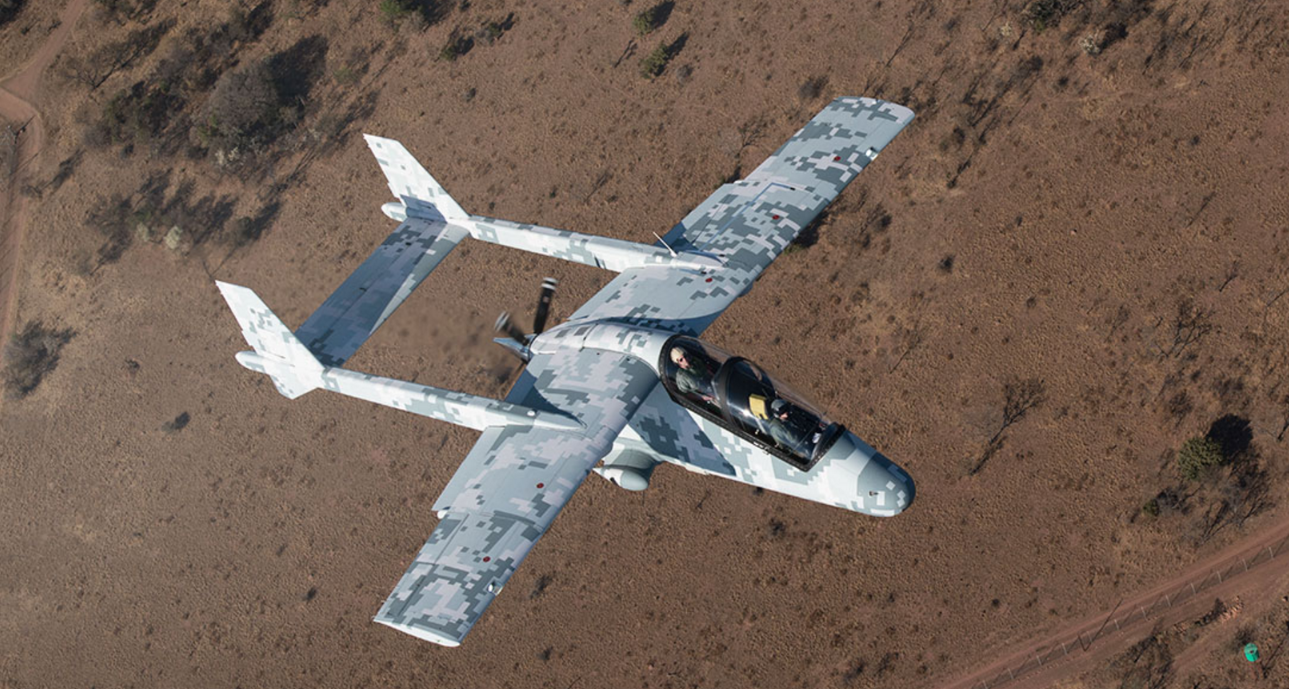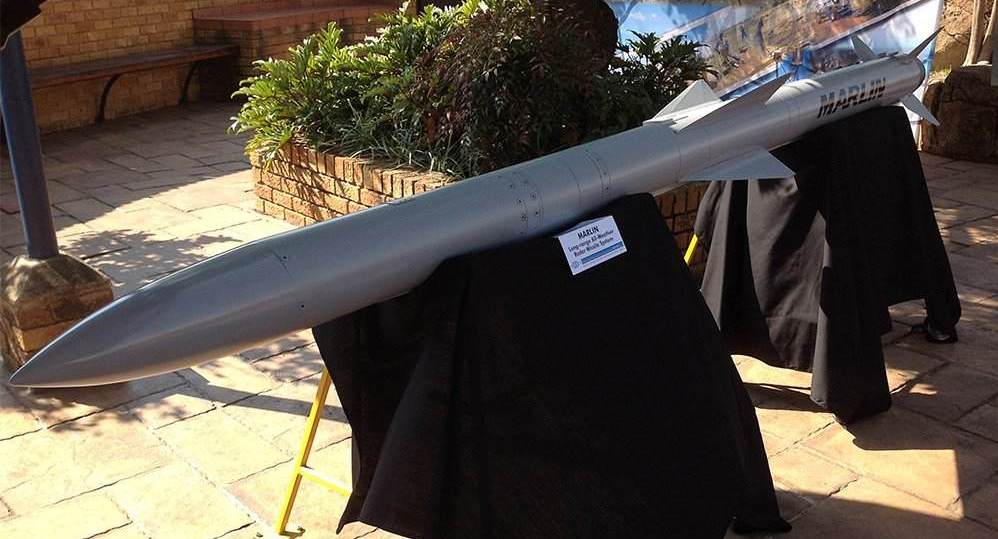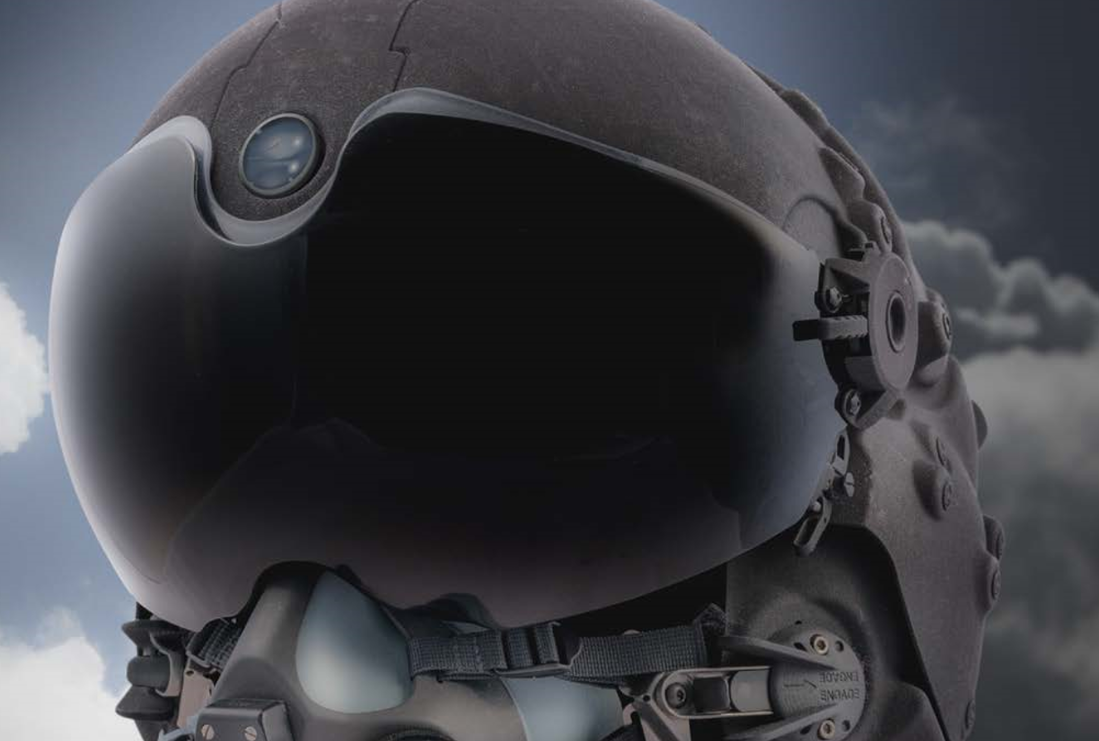3038Views 33Comments

The Value of Light Attackers – Part 1: Pakistan
In recent years, the combat aircraft market has seen the introduction of lightweight turboprop powered attack aircraft, such as the A-29 Super Tucano and AT-802U/Archangel. With their low operational costs and relatively heavy payload, these platforms (which we refer to as “light attackers”) are being marketed as suitable counterinsurgency (COIN) and close air support (CAS) platforms.
In fact, the industry drivers of these platforms are even trying to convince air forces with limited budgets and/or scarce air warfare threats to embrace these aircraft. The emergence of these platforms is thought to have given lightweight multi-role fighter jets – such as the JF-17 – a run for its money, as it too is trying to carve space for itself in the low-end of the fighter market.
Regarding the “part one” in the title. We are not doing a series because we have a considerable amount of content and need to break up the article. Rather, this is a topic we will return to repeatedly, especially as we learn more about the effectiveness of these platforms in combat. Furthermore, we will look at this topic from different angles and through different cases. The result will vary between cases; what works for Pakistan may not work for Nigeria. This week will begin with a general introduction and will conclude with a look at Pakistan.
Generally speaking, for most dedicated attack platforms, it is essential that the anti-air warfare (AAW) capabilities of one’s foes are basically non-existent. A concrete AAW threat, even at low-altitude, is a very serious problem. Even Saudi Arabia, which operates genuinely capable platforms in the form of the AH-64D Longbow attack helicopters, lost a number of these high-value assets over Yemen.
Depending on the nature of the AAW threat, a measure of lead work to neutralize the AAW threat is required. For example, an armoured formation looking to engage an enemy armoured formation with CAS support would need to mitigate the enemy short-range air defence (SHORAD) threat, and it could potentially do so using a mix of electronic warfare (EW), signals intelligence (SIGINT), and stand-off attack methods. In the context of fights between states, the suppression of enemy air defence (SEAD) and destruction of enemy air defence (DEAD) process is complex and ridden with risk.
Against non-state actors with infrared-homing man-portable air defence systems (MANPADS) at their disposal, one may be pushed to engage in high-altitude and/or stand-off range strikes. Granted, modern countermeasure methods (via flares and directional infrared countermeasures) could potentially help mitigate the MANPADS threat, until such a time MANPADS themselves advance using new electronic counter-countermeasure (ECCM) protection.
Air superiority is a luxury. Inherently, it is difficult to attain, and even when it is attained, it can easily be obstructed, especially when the hand of another state is involved, directly or indirectly. Many of today’s COIN efforts function under the umbrella of uncontested air superiority, or at worst, against marginal AAW threats (e.g. in Syria). In contrast to the proliferation of small arms such as assault rifles and mortars, it seems like the supply line for MANPADS has been reigned in to a significant degree. We have not seen much of a MANPADS threat in Syria, and nothing of the sort in the Federally Administered Tribal Areas (FATA) in Pakistan (at least in recent memory).
If one’s AAW threat environment is as docile as it is in Pakistan, then yes, platforms such as the IOMAX Archangel, Embraer A-29 Super Tucano, and even Paramount Group Mwari could be of much higher utility and value than a multi-role fighter jet. Unlike most dedicated attack helicopters, these platforms can drop laser-guided and INS/GPS-guided bombs, making them an asset against fortified positions and other fixed targets (such as ammunition dumps and tunnels). In fact, the rise of lightweight munitions, such as the Small Diameter Bomb (SDB), enable these platforms to carry a larger number of munitions, thereby making them capable of engaging a wider spread of ground targets. If not for attack, these aircraft make for respectable intelligence, surveillance and reconnaissance (ISR) platforms as well.
However, there are a number of caveats. If the user is immersed in a mixed scenario, like Pakistan – i.e. split between internal COIN and facing an external state-level threat – then there is a risk in acquiring such platforms. That risk is the lack of long-term utility and being beset by unnecessary costs. Unless you are foreseeing a long-term or perpetual COIN threat (which is also low-risk in terms of AAW) requiring the use of such platforms, then you risk keeping an eventually redundant platform.
Furthermore, although the aircraft are cheap to operate in terms of fuel, it is unclear if they are as affordable if one factors in the requirement of importing spare-parts and long-term maintenance support, especially for a quantitatively small light attacker fleet. Pakistan likely prefers to keep using multi-role jet fighters for this reason. Yes, it will be expensive to operate in the short-term, but once the COIN operations end, the fighter aircraft (e.g. F-16) could return to their normal duties. There is no unnecessary cost (besides heavily using the fighters).
On the other hand, the counterpoint to that idea is the reality that Pakistan has been immersed in COIN operations for well over 10 years, and its geo-political environment (at least for the short-term) screams of possible insurgencies. However, this does not change the reality that cost is a serious issue for Pakistan.
If the need for a dedicated fixed-wing COIN platform were to arise, it would be dealt with by using another platform, one with long-term value in other areas, such as training. In this case, one could see the Pakistan Air Force (PAF) fitting a BRITE Star II FLIR (short for ‘forward-looking infrared’) and laser-designator pod to the K-8 Karakoram, and then fit that with laser-guided bombs, rockets and missiles.
Granted, it is not a turboprop, nor is it designed for COIN from the ground-up, but in a low-threat AAW environment, it could potentially get the job done for Pakistan, and for potentially less (in terms of cost) than acquiring a small number of new aircraft from the U.S. or Brazil. That said, one way a turboprop aircraft such as the Super Tucano could make an entry is by being a potential replacement for the T-37. However, even in that case, A-29 would only be a factor by virtue of the PAF operating a large number of the aircraft for training (and likely supporting the maintenance of them domestically).
The need for a dedicated COIN platform dwindles further by virtue of the fact that the Pakistan Army’s CAS strategy centers on dedicated attack helicopters. Not only are platforms such as the AH-1F/S Cobra crucial for the Army Aviation Corps’ COIN efforts, but they will likely play a major role in CAS on the Eastern Front as well. With all this in place, where could you possibly fit a dedicated COIN aircraft? And is an armed K-8 too small for such a place? Unlikely.
That said, what could work for Pakistan will not necessarily work for other countries. The sum of threats faced by Senegal could be from wildlife poachers, therefore there is no inherent need to raise assets against external state threats. Thus, a platform such as the A-29 or Mwari is sufficient. We will take a look at other cases (possibly including Senegal) later on.



33 Comments
by little children
looks like drone with humans
by jigsaww
Meanwhile across the border, Hindustanis give up on “desi indigenous” efforts in producing an acceptable Tejas and “ropes in” SAAB to re-design, develop, and deliver a new Tejas by 2018, A to Z.
A better start for DRDO/HAL hindustani garbage engineers now would be to start “developing” Tejas keychains and Tejas chappals.
by little children
living in ur fantasy??? tejas in current configuration is better than junk fighter-17, pak should sell some nukes to make funds for 8 F-16s…
by jigsaww
If you call the report fantasy, so be it.
It’s not about funds. It’s about acquiring a restricted platform with own money. PAF won’t do it.
by Draco
Is there a way to get in touch with you sir?
by jigsaww
Hi. Possibly. Drop me a mail. jigsaww60@gmail (dot) com.
by Zaff Hundal
I think better option for CAS WOULD BE a large numbers of Drone Fleet. Pakistan has chosen right size ie Burraq, Shahpur. And with the inclusion of CH 5 Pakistan has the opportunity to increase the numbers of drone fleet and link them. It would help PAK army and Navy to conduct their operations and feasible while budget is constrained.
by MT
dumboss..saab has been working as consultant as usual in mk1a program to move from SP18 to MK1-A tejas as govt have bound the duration of project to 24months
by jigsaww
Well that at least settles the myth of “indigneous” Tejas.
DRDO should try keychains, with cheap bolly songs. That’s their level.
by MT
Russians consultation is norm on every cheeni aircraft in development.
consulatncy doesn’t mean that saab ll do all work.
Saab at max ll have 4-8 engineers working along side 1000 indian engg of Hal,Ada,drdo.
They charge big sum for few sophisticated minute work they do.
I heard its around 10mil$ as lumpsome yearly for single digit consultants man power.
Hal has hired Saab to help them reduce weight of tejas from 6500 to 5500-5700kg in Mk1a platforms as they r not sure if 15% weight reduction could mess up design intricacies needing to redesign the aircraft.
so Saab ll be consulted to help on this critical project
by jigsaww
Yes but cheeni’s are not faking and frauding 24/7 their own people and world with lies of “indigenous” planes fabrications, Hindustan is. It’s lying to everyone about Tejas being hindustani where its anything but. And what does it have to do with cheen anyway…
“i can’t pull up my own pajama but i’ll make sure i pull down others’ pajama also”.
Hindustani mentality.
by jigsaww
And what is “lumpsome” LOL. please explain.
by Himdukush
They are as indigenous and original as Bollywood is to Hollywood
by MT
Asian countries right from china s korea india hires western consultants.
Theoretical research are no short cut to provide you with 100yrs of western technology practical experience
Western consultancy is norm in cheeni indian s korean projects
Russia french swedes can be hired at moderate prices while israel usa over charge & ll only provide you 2 decade old services
by MT
Asian countries right from china s korea india hires western consultants.
Theoretical research are no short cut to provide you with 100yrs of western technology practical experience
Western consultancy is norm in cheeni indian s korean projects
Russia french swedes can be hired at moderate prices while israel usa over charge & ll only provide you 2 decade old services.
by Hindukush
Indians are people of low IQ with charba second rate products……nothing to write home about ,have met them in United States 90% are below average garbage
by MT
pakistani are most brain dead & poorly educated people I met.
I found 99% of them below average including some students from top technical university some of whom were too stubborn,religious &;narrow minded for problem solving.
Most were very poor in programming & practical lessons
I tutored Graduate pakistani mechanical student with some basics I had learnt in thermodynamics lessons from my12th class physics.
by Truth
Oh yeah when we want to fuck guys we go to India
by Mohsin E.
Saudi losses of Longbows say more about the sheer incompetence of the Saudi tactics than for the platform’s CAS capacities. You can give the Saudis F-22s and they’d manage to get them splashed somehow…
by MT
u mean that ur punjabi jihadi terrorist get 72hoors from indian bullets
by jigsaww
Well look at the bright side. a full year of trolling on Quwa has at least have you speaking the truth. That’s what we’ve been saying here all along and you’ve been fabricating about. Hindustan is an incapable country incapable of producing any complete working system on its own, hence the fabrications and now the fancy name “consultancy”, that’s just a cute short name for “i am incapable of doing it”.
Something somewhere got into your skull too.
Good.
by jigsaww
Just say it. Hindustan is incapable of doing it and has simply been lying to everyone for 40 years.
Why don’t you just accept it when you’re told this. Why so stubborn.
Never too late. Never too late to correct your mistakes.
by MT
india is technically 2-3 decades ahead of pak in aeronautical industry & 3-4 decades leap over pak in satellite, space tech & missiles.
Even though it’s not in position to do everything on its own.
But it stll have resources & 100times more skilled humane power than pak who can’t get 100 decent nuclear scientist on experimental fusion research while india is member of ITER for 5-6yrs
by MT
same case for ur god father cheenia who have an avg 200 ruskis working full time as consultant.
if india wre incapable then pak is probably not on any aeronautical map.
You people r doing what indian were doing in 70’s.
U don’t hv any local research which keeps u dumb for ever.
on the contrary, india is increasing allocation on r $d ; publishing more papers, patents.
India in aeronautical industry is equivalent to indian struggling in space research during 90s.
2000 decade made india semi self sufficient while india now stands among top 5 space powers.
I can pretty much confirm that india which stands around top 15;nations in aeronautical industries; ll rise up to top 7-8nations in next decade(2025+)
usa france russia uk china israel japan followed by india.
by jigsaww
Back to square one. You are one egoistic hindustani.
I told you Pakistanis or Chinese are not screwing the heads of world with their more than entertainingly irritating gibberish. It is hindustanis doing that.
Of course hindustanis are incapable. There’s no doubt in it. But they are also very egoistic about being told so by the world.
by jigsaww
LOL. true.
by MT
india HAL is bit incapable which many of us find it as epitome of mediocrity .
we r getting rid of them slowly slowly by taking away all work from them diverting them to pvt sector companies such as L&T, Tata advanced materials, Mahendra, Bharat forge who follow six sigma quality standards.
we hv to beg, borrow, steal & get technology by all means to improve our local capabilities.
by jigsaww
Beg, Borrow, and Steal you will. Improve anything? Absolutely Not a chance.
There’s too much incapability and ego. Both killers for any industry.
by MT
india is relatively 2@3 decade ahead of pak.
so u can easily find how close is india from approaching technological threshold
by jigsaww
Yes- Tejas also started 3 decades “ahead” of pakistan’s JF-17. True.
by Hindukush
Natak is part of Hindu religion no right no wrong no heaven no hell if you screw up you come back as a monkey so fake it till you make it
by Aziz Ihsan
MT you are real madarhcout randy see load Hindu
by MT
jf17 is less pakistani than pak fa is for india where drdo atleast have 10% work load in r&d.
Pakistan r&d is feeble than indonesia,Vietnam who atleast have some thing to show as indigenous
pak is not among top40 countries in aeronautical engineering.